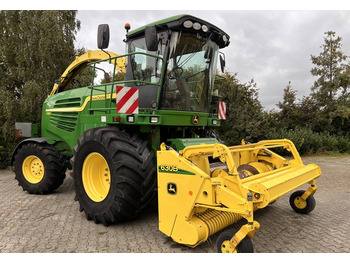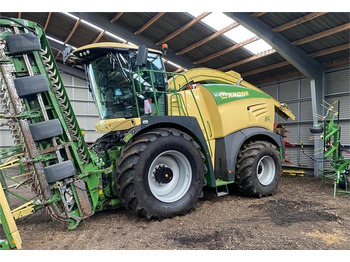Forage harvesters





John Deere 6950
CLAAS Jaguar 900
69 750EUR
- ≈ 74 529 USD
- ≈ 59 759 GBP





Krone Big X V8
25 000EUR
Price excl. VAT
- ≈ 26 713 USD
- ≈ 21 419 GBP

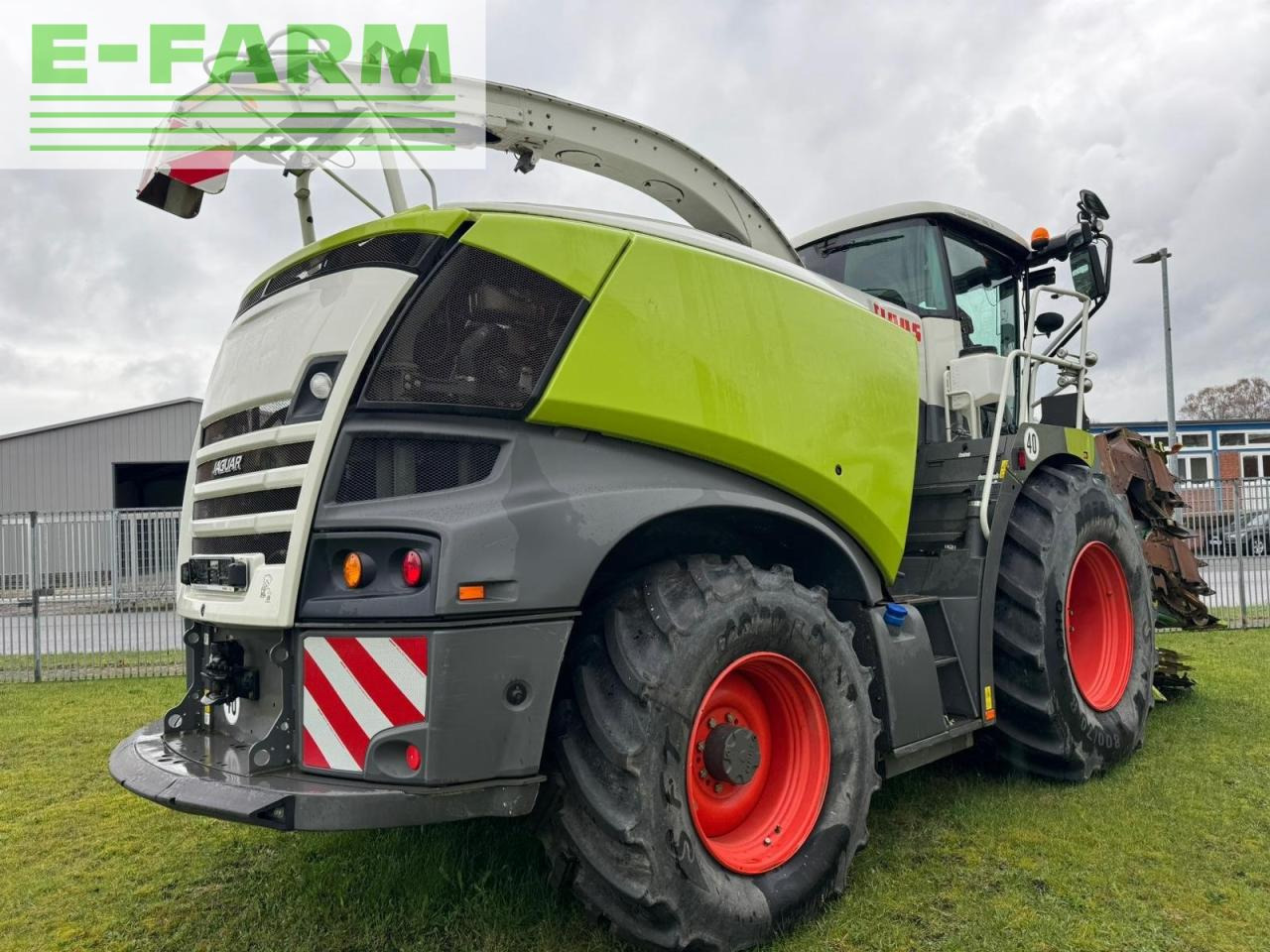
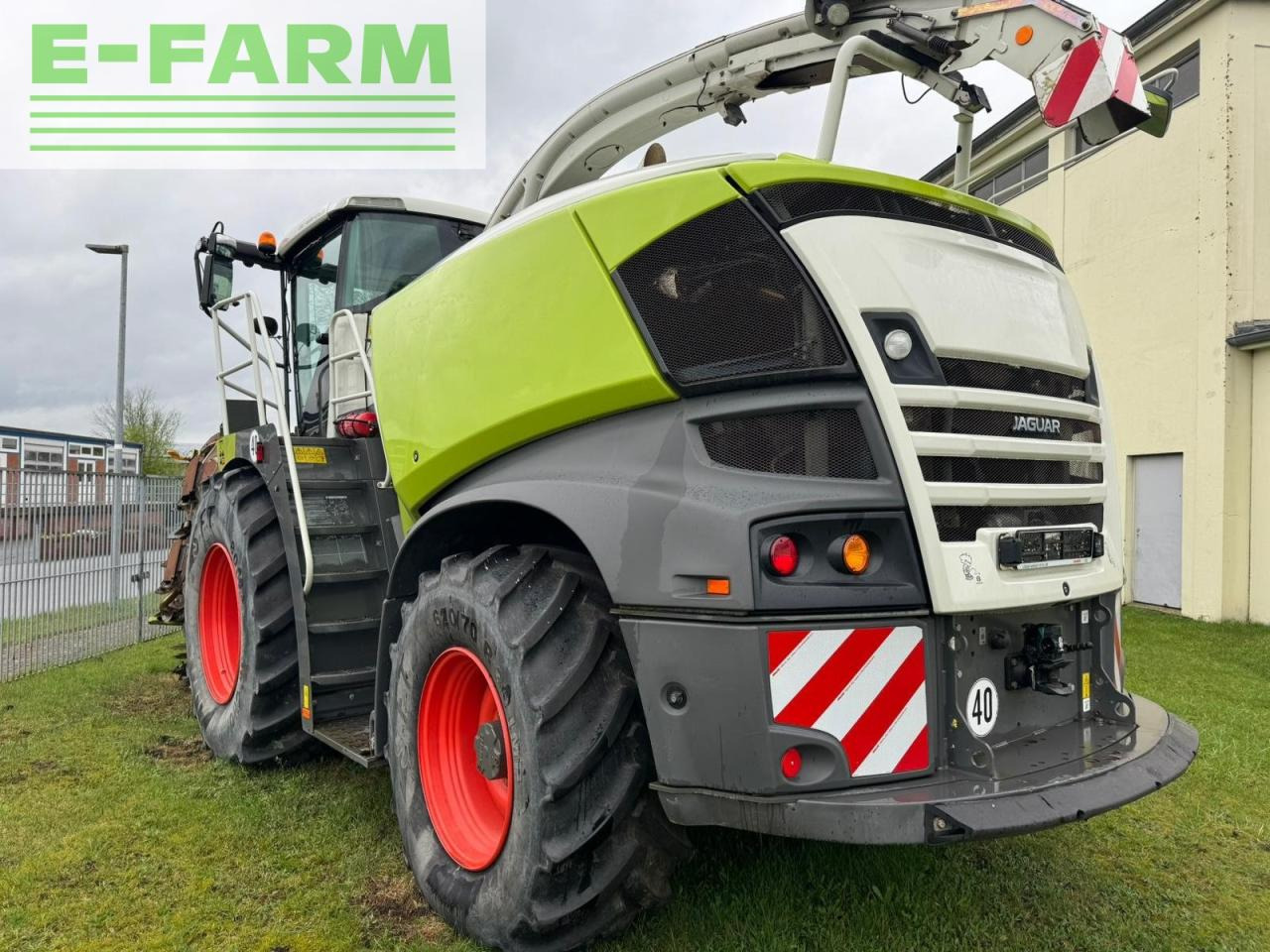

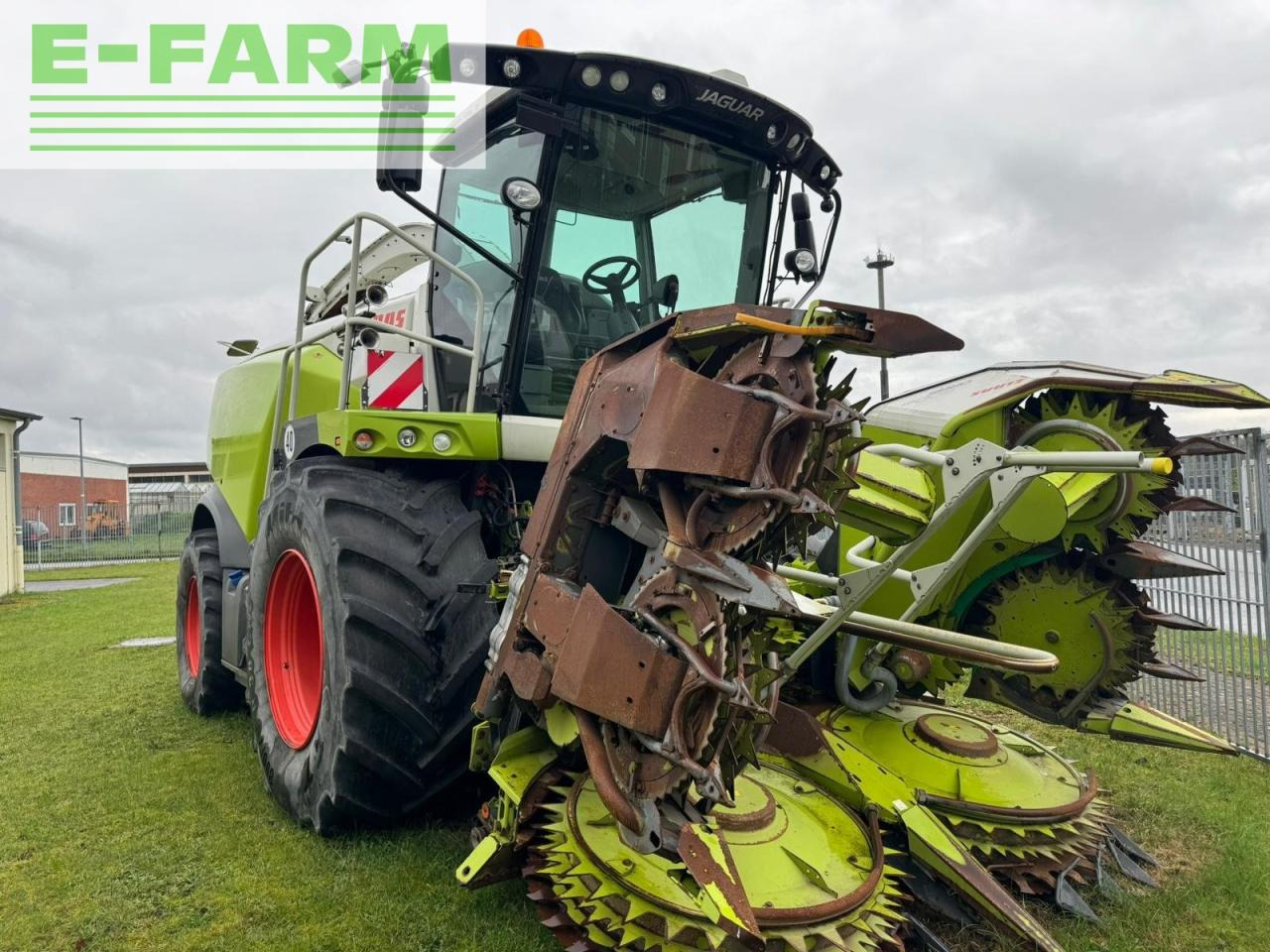
CLAAS jaguar 960
254 000EUR
- ≈ 271 406 USD
- ≈ 217 617 GBP





John Deere 7450
68 000EUR
- ≈ 72 660 USD
- ≈ 58 259 GBP





CLAAS jaguar 940 a typ 497
259 000EUR
- ≈ 276 749 USD
- ≈ 221 901 GBP





Krone big x 700
89 000EUR
- ≈ 95 099 USD
- ≈ 76 251 GBP





Krone big x 480
153 000EUR
- ≈ 163 485 USD
- ≈ 131 084 GBP





CLAAS jaguar 950
145 000EUR
- ≈ 154 936 USD
- ≈ 124 230 GBP





John Deere 7750i
110 000EUR
- ≈ 117 538 USD
- ≈ 94 243 GBP










New Holland FX50

New Holland FX40

John Deere 7350

John Deere 7280

John Deere 7350

John Deere 7350i PRODRIVE





John Deere 7500
63 000EUR
- ≈ 67 317 USD
- ≈ 53 976 GBP





John Deere 8400i
250 000EUR
- ≈ 267 132 USD
- ≈ 214 190 GBP





John Deere 7350 ohne vorsatz
65 000EUR
- ≈ 69 454 USD
- ≈ 55 689 GBP





John Deere 9700i prodrive 40km/h
389 000EUR
- ≈ 415 658 USD
- ≈ 333 280 GBP
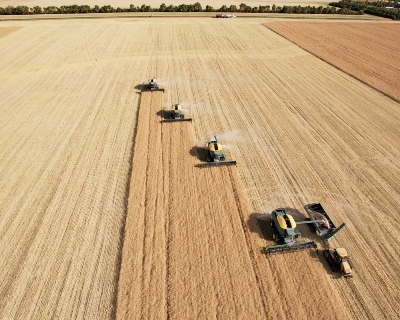
Forage harvesters, also known as silage harvesters, are agricultural machines that harvest and chop crops such as corn, grass, and alfalfa into small pieces for livestock feed.
These machines are used for cutting, processing, and storing large volumes of silage, a type of fermented feed that preserves the crop’s nutritional value.
Silage harvesters have revolutionized the way farmers produce and store feed, allowing for more efficient and sustainable practices in the agricultural industry.
How Forage Harvesters Work
These machines have several components, including a cutting head, chopper, blower, and storage container, which make harvesting as simple as possible.
- Cutting Head is attached to the front of the machine, cuts the crop, and feeds it into the chopper.
- Chopper onsists of a set of rotating blades that cut the crop into smaller pieces.
- Blower is used to move the chopped feed into a storage container.
- Storage Container is used to store feed until it is transferred into a silo or used to feed livestock.
Types of Forage Harvesters
- Self-Propelled. One of the most common types is the self-propelled forage harvester, a large, robust machine that can harvest various crops quickly and efficiently.
- Pull-Type is another type is the pull-type forage harvester, which is attached to a tractor and pulled behind. These machines are often smaller than self-propelled models and are ideal for use on smaller farms.
- Other Types include the handheld forage harvester, a manual tool used to harvest smaller areas of crops.
Truck1’s Extensive Stock of Forage Harvesters
Truck1 is a marketplace for classified ads, offering a convenient and reliable way to buy and sell heavy-duty machinery, including forage harvesters.
We list a wide range of new and used forage harvesters for sale, including all makes and models from top manufacturers, such as:
- The New Holland FR 9090 equipped with a V12 engine, the FR 9090 delivers up to 824 horsepower and features a variety of innovative technologies to ensure maximum efficiency and productivity.
- The John Deere 7850i ProDrive is a self-propelled forage harvester with a powerful 19.0-liter engine and up to 690 horsepower. It uses a patented ProDrive system for maximum control and traction.
- The CLAAS Jaguar 870 Allrad Speedstar is a top-of-the-line harvester with a 15.6-liter Mercedes-Benz engine that delivers up to 590 horsepower. Its all-wheel-drive system ensures maximum traction and control on any terrain.
Truck1 lists everything a farmer or dealer could need to meet their forage harvesting needs.
Whether you are looking for a self-propelled forage harvester, a pull-type model, or any other type of forage harvester, Truck1 has got you covered.
Start your search today!

